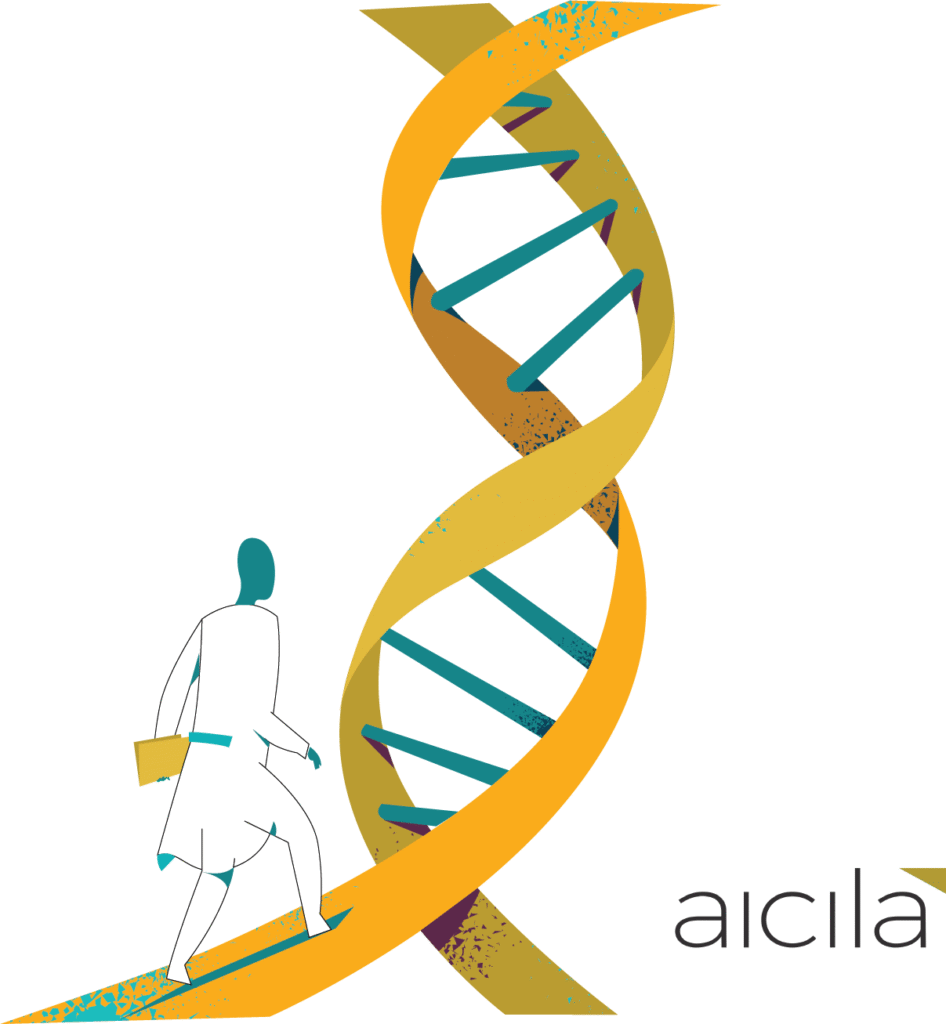A Beginner’s Guide to Genetic Improvement in Animal Breeding

Welcome to the world of genetic improvement — a fascinating journey into the realm of animal breeding and health! In this guide, we’ll explore how bioinformatics and genomic tools can be used to enhance breeding programs and improve animal health.
What is Genetic Improvement?
Genetic improvement is a process used to enhance desirable traits in animals through selective breeding and genetic selection. By leveraging advances in bioinformatics and genomics, breeders can identify and utilize genetic variations associated with traits such as disease resistance, productivity, and quality to develop superior animal populations.
Key Concepts
1. Bioinformatics and Genomics
Bioinformatics involves the use of computer algorithms and statistical analysis techniques to analyze biological data, such as DNA sequences and genetic markers. Genomics focuses on studying the entire genetic makeup of organisms, including genes, chromosomes, and genomes.
2. DNA Sequencing
DNA sequencing is the process of determining the precise order of nucleotides in a DNA molecule. High-throughput sequencing technologies, such as next-generation sequencing (NGS), enable rapid and cost-effective sequencing of entire genomes, facilitating the identification of genetic variations associated with specific traits.
3. Genetic Markers
Genetic markers are specific DNA sequences or variations that can be used to track the inheritance of genes and traits within populations. Common types of genetic markers include single nucleotide polymorphisms (SNPs), microsatellites, and insertion/deletion (indel) mutations.
4. Genome-Wide Association Studies (GWAS)
GWAS is a statistical method used to identify genetic variations associated with specific traits or diseases by analyzing the genomes of large populations. By comparing genetic data with trait data, researchers can pinpoint regions of the genome that influence phenotypic variation and trait expression.
5. Genomic Selection
Genomic selection is a breeding strategy that uses genetic information to predict the breeding value of individuals for specific traits. By combining genomic data with phenotypic data from breeding populations, breeders can make more accurate and efficient selection decisions, leading to faster genetic progress and trait improvement.
Benefits of Genetic Improvement
Genetic improvement offers several benefits for animal breeding and health, including:
- Increased Productivity: Enhancing desirable traits such as growth rate, milk yield, and disease resistance to improve animal productivity and performance.
- Disease Resistance: Identifying genetic variations associated with disease resistance and resilience, leading to healthier and more resilient animal populations.
- Quality Improvement: Improving the quality and characteristics of animal products, such as meat, milk, and wool, to meet consumer preferences and market demands.
- Efficiency and Sustainability: Enhancing breeding efficiency and sustainability by reducing reliance on inputs such as feed, medications, and resources.
Getting Started
Interested in incorporating genetic improvement into your animal breeding program? Here are some steps to get started:
- Define Objectives: Clearly define your breeding objectives and the traits you wish to improve, taking into account market demands, consumer preferences, and production goals.
- Collect Genetic Data: Collect genetic data from breeding populations using DNA sequencing and genotyping technologies, focusing on key traits of interest.
- Analyze Data: Analyze genetic data using bioinformatics and genomic tools to identify genetic variations associated with target traits, such as GWAS and genomic selection methods.
- Implement Breeding Strategies: Use genetic information to inform breeding decisions and develop breeding strategies to improve desired traits in animal populations.
- Monitor Progress: Continuously monitor breeding progress and evaluate the performance of selected individuals and breeding lines to assess genetic gains and trait improvement over time.
Conclusion
Genetic improvement using bioinformatics and genomic tools offers exciting opportunities to enhance breeding programs, improve animal health, and increase productivity in animal agriculture. By leveraging advances in genetic technology and data analysis, breeders can accelerate genetic progress and develop superior animal populations that meet the evolving needs of the industry and society. So, whether you’re a novice or an expert, embrace the principles of genetic improvement and unlock the potential to breed healthier, more productive, and more resilient animals for the future!


